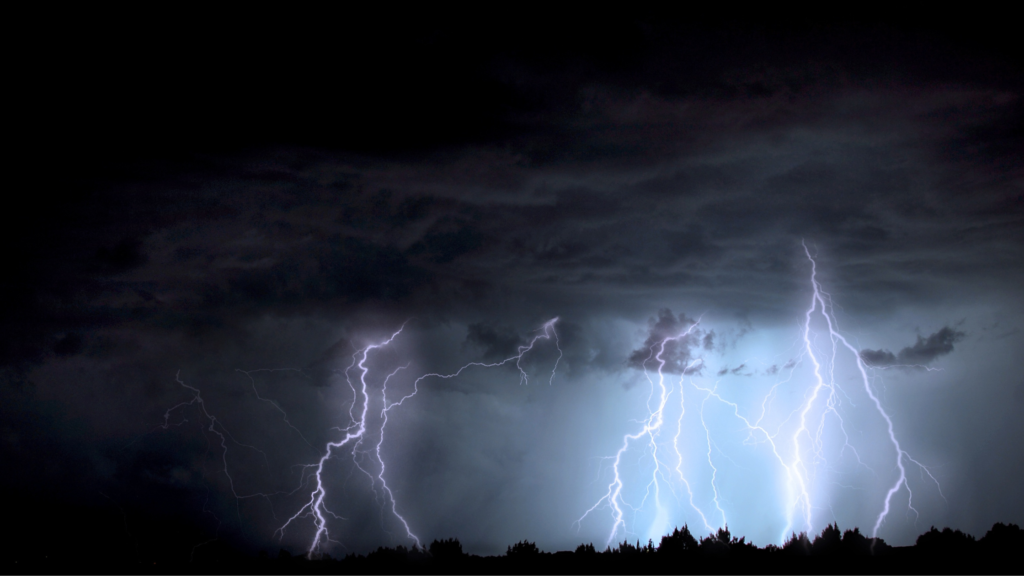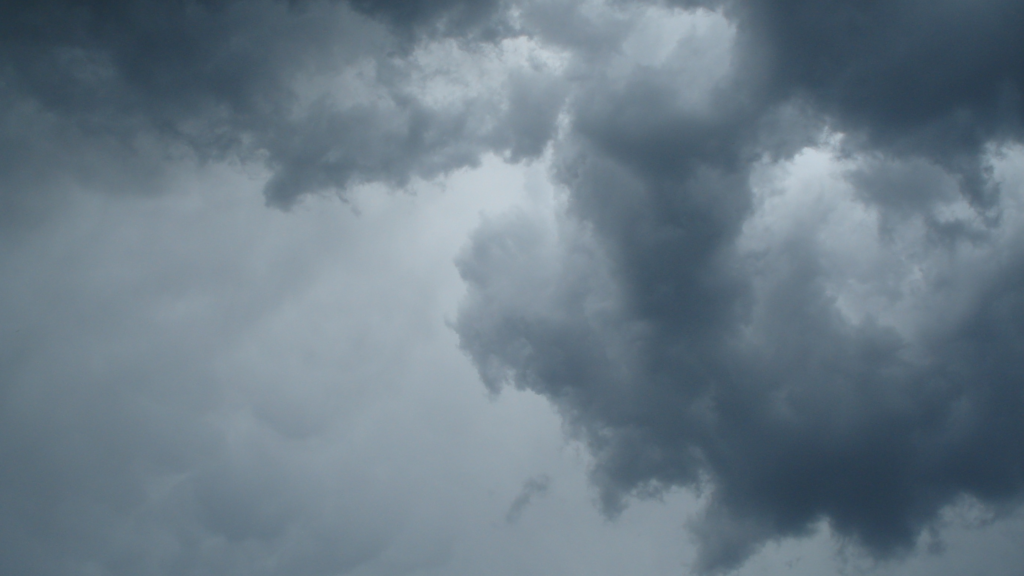Fiji is a tropical paradise that attracts visitors all year round, but if you are planning to visit in March, you might be wondering what the weather is like and how it will affect your travel plans.
March is in the wet season, also sometimes called Fiji’s summer. Statistically, March is the wettest month of the year. You should expect rain each day, but this might vary between a short, sharp shower and torrential rain all day.
Being “summer,” March is also hot and humid in Fiji. When it’s not raining, the sun can be scorching.
In this article, we will give you an overview of the weather in March, including the average temperatures, rainfall patterns, sea conditions, and the likelihood of tropical storms. We will also give you some tips on how to make the most of your trip to Fiji in March.

Average Temperatures and Rainfall Patterns in March
March sits in the Fiji summer season meaning it’s hot and humid – a truly tropical experience! The maximum average temperature reaches 31°C / 89°F and the minimum average temperature is 23°C / 73°F usually at night.
The average temperatures are between 77°F and 84°F, drinking water regularly is advisable. The following table shows the average high and low temperatures and the average rainfall for each month in Suva, the capital of Fiji.
Suva is located on the southeast coast of the main island of Viti Levu, and tends to have more rain than other parts of Fiji.
| Month | Average High Temperature | Average Low Temperature | Average Rainfall |
|---|---|---|---|
| January | 85°F / 29°C | 78°F / 26°C | 13.06 inches / 332 mm |
| February | 86°F / 30°C | 79°F / 26°C | 11.35 inches / 288 mm |
| March | 85°F / 29°C | 79°F / 26°C | 12.69 inches / 322 mm |
| April | 84°F / 29°C | 78°F / 26°C | 10.28 inches / 261 mm |
| May | 82°F / 28°C | 76°F / 24°C | 7.2 inches / 183 mm |
| June | 80°F / 27°C | 74°F / 23°C | 4.72 inches / 120 mm |
| July | 79°F / 26°C | 73°F / 23°C | 3.42 inches / 87 mm |
| August | 78°F / 26°C | 72°F / 22°C | 3.3 inches / 84 mm |
| September | 79°F / 26°C | 73°F / 23°C | 4.84 inches / 123 mm |
| October | 80°F / 27°C | 74°F / 23°C | 6.59 inches / 167 mm |
| November | 82°F / 28°C | 76°F / 24°C | 7.09 inches / 180 mm |
| December | 83°F / 28°C | 78°F / 26°C | 10.13 inches / 257 mm |
As you can see, March has the highest average rainfall of the year, with almost 13 inches of rain. You can expect rain for roughly half of the month of March in Fiji.
The rain usually comes in the form of heavy showers or thunderstorms, especially in the afternoon or evening. However, there are also days when it rains continuously, making outdoor activities difficult or impossible.
The rain can also cause flooding, landslides, and road closures, especially in low-lying areas. Therefore, it is advisable to check the weather forecast and the local news before you travel to Fiji in March, and to have a flexible itinerary that allows you to change your plans if necessary.

Sea Conditions in March
Sea temperatures are at their highest during March but still offer a refreshing relief from the hot days. Expect sea temperatures to be around 29°C / 84°F. This is ideal for swimming, snorkeling, diving, and other water activities.
Murky Water
However, the rain can also affect the visibility and the quality of the water, especially near the coast. The rain can wash sediment and pollutants into the sea, making the water murky and less appealing.
The rain can also increase the risk of waterborne diseases, such as leptospirosis, which is caused by bacteria found in animal urine. Don’t swim in rivers, streams, or stagnant water!
Tropical Storms in March
March is also part of the cyclone season in Fiji, which runs from November to April. Cyclones are intense tropical storms that can bring strong winds, heavy rain, high waves, and storm surges. Cyclones can cause severe damage to the infrastructure, the environment, and the livelihoods of the people in Fiji.
Be aware of the cyclone risk
The likelihood of a cyclone hitting Fiji in March is relatively low, but not impossible. According to the Fiji Meteorological Service, the average number of cyclones that affect Fiji in March is 0.6, which means that there is a 60% chance of at least one cyclone in March.
However, this number can vary from year to year, depending on the climate conditions and the weather patterns. For example, in March 2016, Fiji was hit by Cyclone Winston, the strongest cyclone ever recorded in the Southern Hemisphere, which caused widespread devastation and claimed 44 lives. In contrast, in March 2020, Fiji was spared by any cyclone, despite the active cyclone season in the region.
Contingency Plan
The best way to avoid the cyclone risk in Fiji in March is to monitor the weather forecast and the cyclone warnings regularly, and to follow the advice of the local authorities and the tour operators. You should also have a contingency plan in case of a cyclone, such as having travel insurance, emergency contacts, and alternative accommodation.
You should also have a survival kit, including food, water, flashlight, radio, batteries, first aid kit, and other essentials. If a cyclone is imminent, you should seek shelter in a sturdy building, away from windows and doors, and stay indoors until the cyclone has passed.
Tips for Traveling to Fiji in March
Despite the wet weather and the cyclone risk, March can still be a good time to visit Fiji, as long as you are prepared and flexible.
Flight Deals
March falls in the tourist low season, so look out for great deals on flights, accommodation and activities.

Spa Time
It’s likely that you’ll have the poolside almost to yourself and when it does rain, well, that’s the perfect time for a spa treatment. That’s what Fiji time is all about! Here are some more tips for traveling to Fiji in March:
- Wear high-factor sunscreen to protect yourself from the high UV levels experienced in Fiji during March.
- Wear light and breathable clothing, and bring a raincoat or an umbrella for the rain.
- Drink plenty of water and stay hydrated, especially on hot and humid days.
- Avoid swimming in rivers, streams, or stagnant water, and seek medical attention if you develop any symptoms of waterborne diseases.
- Respect and protect the coral reefs, and use reef-safe sunscreen when snorkeling or diving.
- Monitor the weather forecast and the cyclone warnings regularly, and follow the advice of the local authorities and the tour operators.
- Have a contingency plan and a survival kit in case of a cyclone, and seek shelter in a sturdy building if a cyclone is imminent.
- Enjoy the cultural activities, such as the Fijian fire dancing show, the kava ceremony, and the lovo feast.
- March 26 is a public holiday in Fiji known as National Youth Day, so expect some shops and services to be closed this day.
We hope this article has given you a better idea of what to expect from the weather in March, and how to make the most of your trip to Fiji in March!





